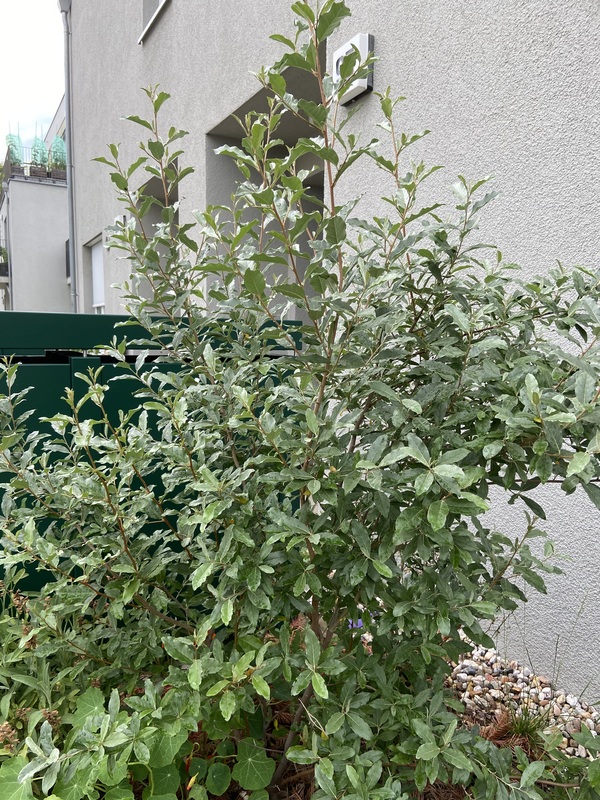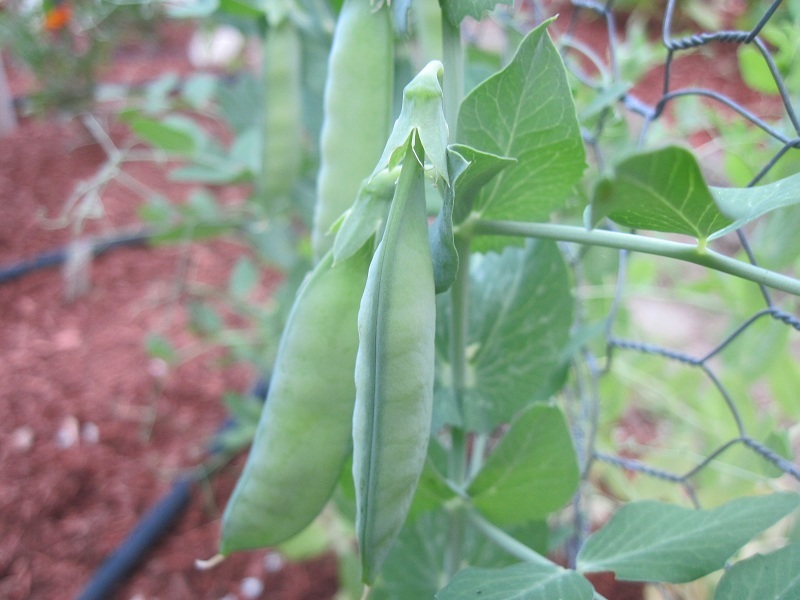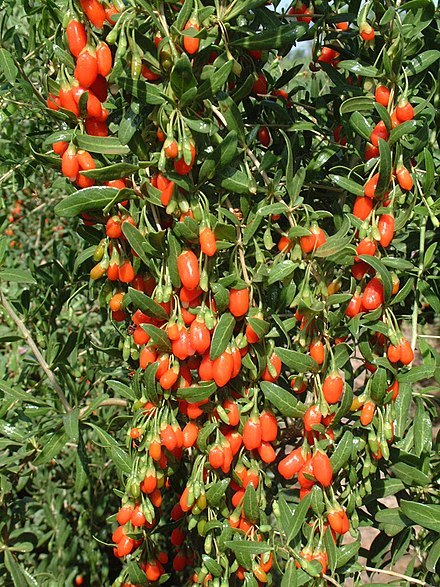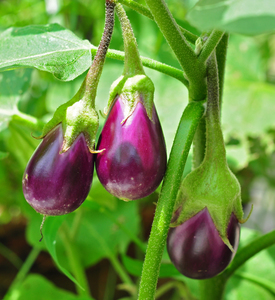Description
Tarragon is a plant native to the Eurasian region, specifically found in temperate climates such as those in France and Russia. It is a perennial herb with narrow, pointed leaves that have a distinctive aniseed aroma and flavor. The plant grows to a height of about 60-90 cm, with a slender, branching stem. The small yellow-green flowers are clustered in a spike-like arrangement.
Tarragon is often confused with Russian tarragon, which has a similar appearance but lacks the flavor and aroma of true tarragon. To differentiate the two, true tarragon should be chosen for its strong aniseed scent and more robust growth habit.
Tarragon prefers well-drained soil and full sun to partial shade. It is not winter hardy and may need to be protected from frost in colder climates. To cultivate tarragon successfully, it is recommended to plant in raised beds or containers and to prune regularly to encourage new growth.
Tarragon is edible and can be used in a variety of dishes such as salads, sauces, and marinades. The leaves and stems are the edible parts and can be stored in the refrigerator or frozen for later use.
In addition to its culinary uses, tarragon has been used medicinally for its digestive and diuretic properties. It is also valued as a companion plant in gardens due to its insect repelling properties.





